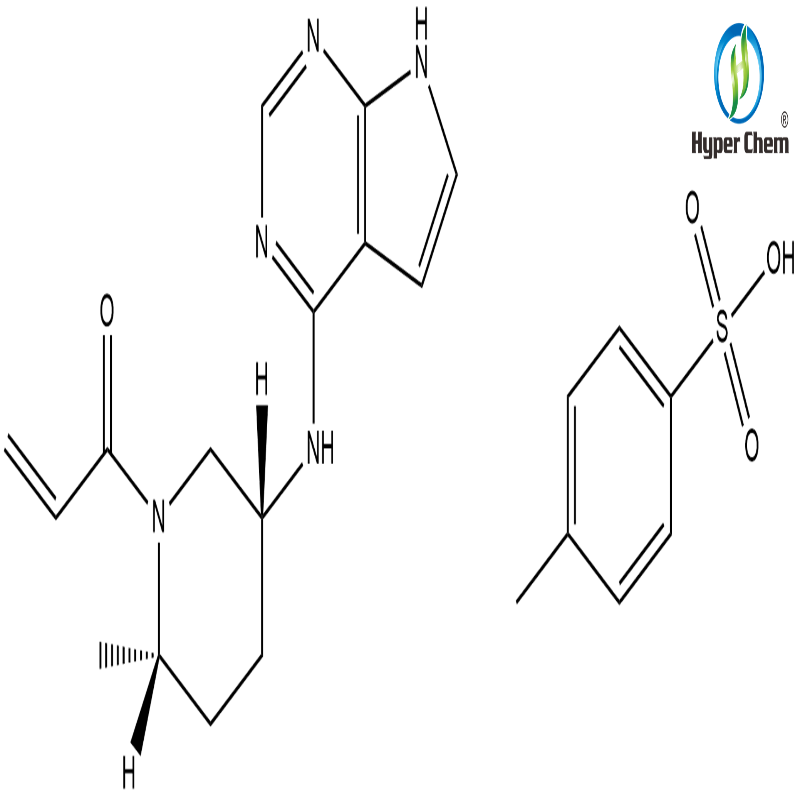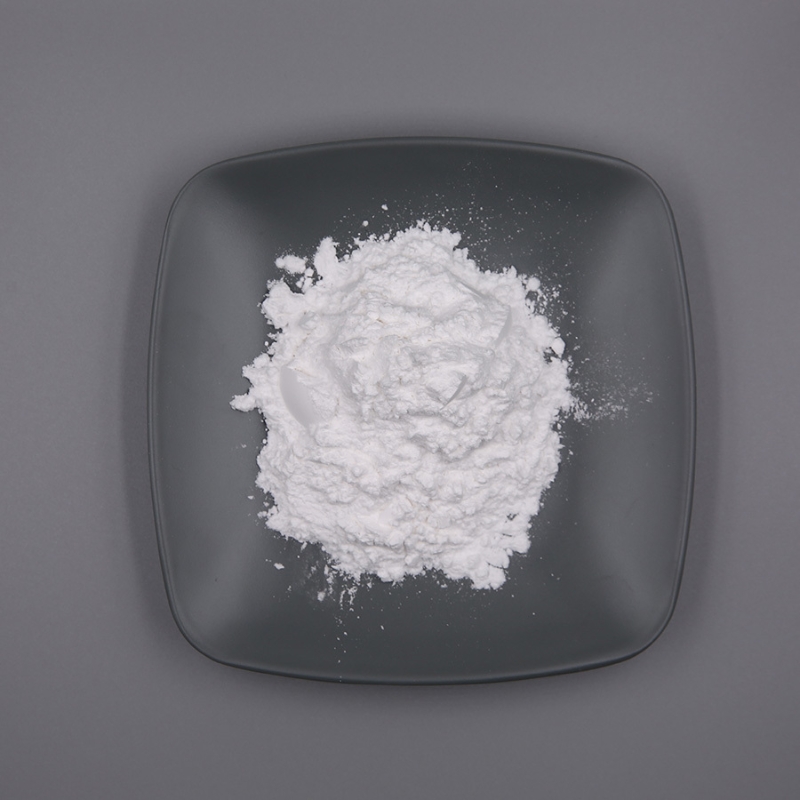Nat commun: what prevents the spread of avian influenza virus to human cells
-
Last Update: 2019-12-12
-
Source: Internet
-
Author: User
Search more information of high quality chemicals, good prices and reliable suppliers, visit
www.echemi.com
December 12, 2019 / BIOON / -- generally, it is difficult for avian influenza virus to spread from person to person However, if this happens, it may lead to a pandemic Researchers at MDC and RKI now explain in nature communications why the spread of the virus from animals to humans is not so easy Whenever people suddenly become infected with avian influenza viruses such as H5N1, h7n9 and h5n6, the World Health Organization (who) must assess the risk: is this the first sign of a pandemic? Or a small number of cases that occur only through close contact with infected poultry? Researchers led by Professor Matthias selbach of the max delbrueck Molecular Medicine Center (MDC) have now found another puzzle that may be important for this preliminary assessment In a paper published in nature communications, the researchers explained that avian influenza A virus (IAV) cannot transform infected human cells into effective "virus factories" because they cannot produce enough matrix protein M1 after infection The virus needs this protein to derive many copies of its genetic material from the nucleus, which is the premise of building a new virus (image source: www Pixabay Com) not all flu viruses are the same Each member of the family is named after two key protein subtypes on the surface of the virus: hemagglutinin (H) enables the virus to infect reproducible human and animal cells, while neuraminidase (n) helps the offspring of the virus "self extract" from the infected cells There are 16 known hemagglutinin subtypes and 9 known neuraminidase subtypes in waterfowl This creates at least 144 possible combinations that are constantly changing and adapting to new hosts, such as chickens, but also mammals, including horses, pigs and humans This new strain of virus is usually more dangerous than seasonal flu, because the human immune system has never encountered them before In the worst case, a pandemic could kill millions For example, the 1918 Spanish flu caused more than 50 million victims Therefore, researchers all over the world are trying to understand the law of the occurrence of pandemic "The hemagglutinin chemical structure of human and avian influenza viruses is slightly different, which makes it difficult for avian influenza viruses to penetrate human cells." Boris bogdanow, PhD student at selbach research group and lead author of this study, said Boris bogdanow and others infected human lung epithelial cells with avian influenza virus and human influenza virus respectively Then, they measured the amount of all the newly produced proteins in a mass spectrometer Dr Katrin eichelbaum, a postdoctoral researcher, has also developed a method that can accurately distinguish between old and new proteins "In the first analysis, we did not find any significant differences between the two strains," Boris bogdanow reported "At first glance, there is almost no difference between avian influenza virus and human virus in protein production, which is very surprising." In this regard, bogdanow conducted a more in-depth analysis to observe the distribution of protein more carefully Finally, the author found that the matrix protein M1, which is produced more in the lung cells infected with human virus In particular, M1 protein is responsible for exporting the duplicated viral RNA from the nucleus of infected cells, and then assembling it with other newly generated viral proteins to form the offspring of influenza virus So, is it because there is too little M1 protein that the virus RNA of avian influenza virus in human cells is still trapped in the nucleus? Fluorescent microscopy studies confirm these suspicions The genetic material of avian influenza virus is far from the ability of RNA of human influenza virus to divide nucleus With the help of MDC sequencing platform and Professor irmtraud Meyer, they found a small fragment in the viral RNA of avian influenza virus, which affected selective splicing "We call it a cis regulator," bogdanow said "Alternative splicing regulates the proteins that are ultimately produced by a single gene, because many genes encode more than one protein When human cells are attacked by avian influenza, this element ensures that more M2 is produced than M1 " To assess the relevance of the results, Professor Thorsten Wolff of the Robert Koch Institute and his team transferred cis regulatory elements from the avian influenza virus to the human virus It does reduce the efficiency of replication of human influenza virus in human lung cells "The pathogenicity of avian influenza virus and its pandemic potential depend on many factors, of course." "Studies of cell culture do not cover all of these factors However, it may be useful to include the analysis of this RNA fragment in the risk assessment of avian influenza virus in the future " Information sources: what blocks bird flu in human cells? Original sources: Boris bogdanow, Xi Wang, Katrin eichelbaum, Anne sadewasser, Immanuel Husic, Katharina Paki, Matthias bug, Martha hergeselle, Barbara Vetter, Jingyi Hou, Wei Chen, l ü der wiebush, irmtraud M Meyer, Thorsten Wolff, Matthias Selbach The dynamic proteome of influenza A virus infection identifies M segment splicing as a host range determinant Nature Communications, 2019; 10 (1) DOI: 10.1038/s41467-019-13520-8
This article is an English version of an article which is originally in the Chinese language on echemi.com and is provided for information purposes only.
This website makes no representation or warranty of any kind, either expressed or implied, as to the accuracy, completeness ownership or reliability of
the article or any translations thereof. If you have any concerns or complaints relating to the article, please send an email, providing a detailed
description of the concern or complaint, to
service@echemi.com. A staff member will contact you within 5 working days. Once verified, infringing content
will be removed immediately.







